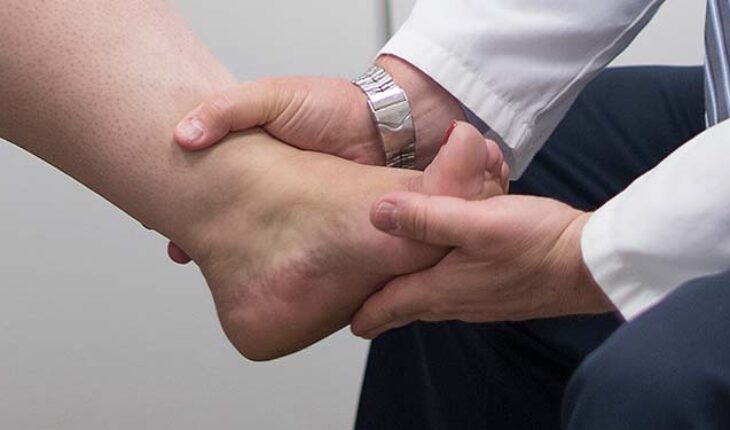Toenail fungus, also known as onychomycosis, is a common condition that affects the nails on the toes. It is caused by a fungal infection that can lead to thickening, discoloration, and even loss of the affected nail. Toenail fungus can be unsightly and uncomfortable, and in some cases, it can also lead to secondary infections. In this guide, we will discuss the symptoms, causes, and methods of diagnosis and treatment for toenail fungus.
Symptoms of toenail fungus include thickened nails, discoloration (yellow or brown), and even separation of the nail from the nail bed. In advanced cases, the nail may become brittle and even crumble. The infected nail may also emit a foul odor. Toenail fungus is more common in toenails than in fingernails because the toes are often in a warm and moist environment, which is ideal for the growth of fungus.
Toenail fungus is caused by a variety of fungal organisms, the most common of which is called dermatophyte. The fungus typically enters the body through a small crack or break in the skin on the toes. The fungus can also be acquired by walking barefoot in public places such as showers, locker rooms, and swimming pools.

The diagnosis of toenail fungus is usually made based on the appearance of the affected nail. A nail sample can also be taken and examined under a microscope to confirm the presence of fungus. In some cases, a skin or blood test may be performed to rule out other conditions.
Treatment for toenail fungus typically involves the use of antifungal medication. There are several options available, including topical creams and ointments, oral antifungal pills, and laser therapy. Topical treatments are applied directly to the affected nail, while oral medications are taken by mouth. Laser therapy involves the use of a special laser to target and kill the fungus.
Topical treatments for toenail fungus include creams, ointments, and lacquers. These are applied directly to the affected nail and surrounding skin. They work by slowing the growth of the fungus and preventing it from spreading. However, it may take several months for the nail to fully grow out and be replaced with a healthy one.
Oral antifungal medications are taken by mouth and work by killing the fungus from the inside out. They are usually prescribed for more severe cases of toenail fungus, and typically take several weeks or months to show improvement.






